A very generous person gave me a 50mm prime lens for my birthday. Naturally it needed trying out immediately, so we took it to Brisbane’s Alma Park zoo in search of subjects. It’s a very small zoo set in beautiful rainforest, with a fairly restricted range of contented-looking animals. On an unexpectedly beautiful, hot, sunny autumn day it was just the place to be.
The point of a prime lens is that it’s really fast. These lenses have huge maximum apertures (where bigger equals more expensive on what seems to be a logarithmic scale), with correspondingly tiny depth-of-field, and work well in low-light conditions (such as, in a rainforest). Mine goes up to f1.4. For comparison, a standard 28-55mm kit lens can sometimes, if you’re really lucky and it’s bright and sunny, reach f4.
The low depth-of-field means you can play with awesome effects. For instance, you can focus on someone’s eyes while their nose might be out of focus. (Normally, this is called “doing it wrong”.) Not having a willing subject to hand to demonstrate, the effect works on birthday chocolates just as well:
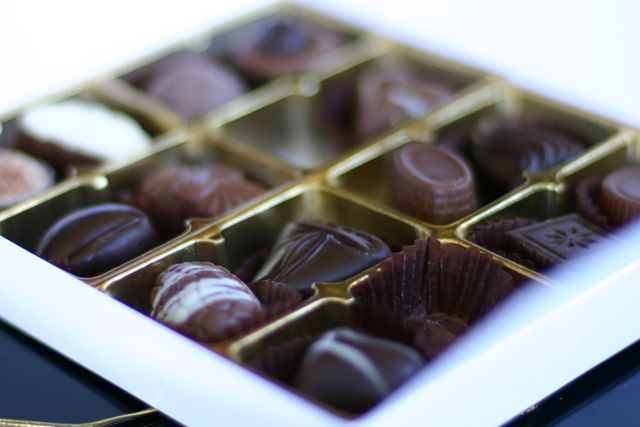
More usually a narrow depth-of-field is used to blur the background, such as in this picture:
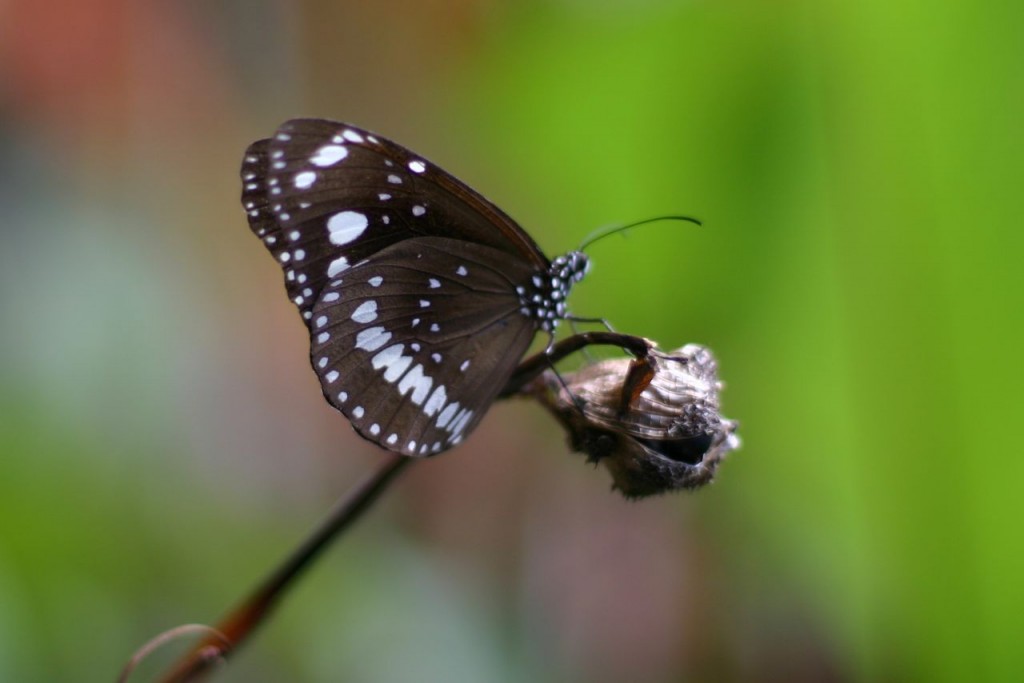
Wanting to play more with depth-of-field, I found four kangaroos conveniently lying down one behind the other, enabling me to shift the focus from the first to the last in sequence to see what the result would be:

Spot the problem? Depth-of-field is not quite enough to keep a whole kangaroo in focus, especially not the nearest one. Might have done better at f1.8. But you get the idea.
The kangaroos were fantastic, and very tame. They liked to be snuggled.
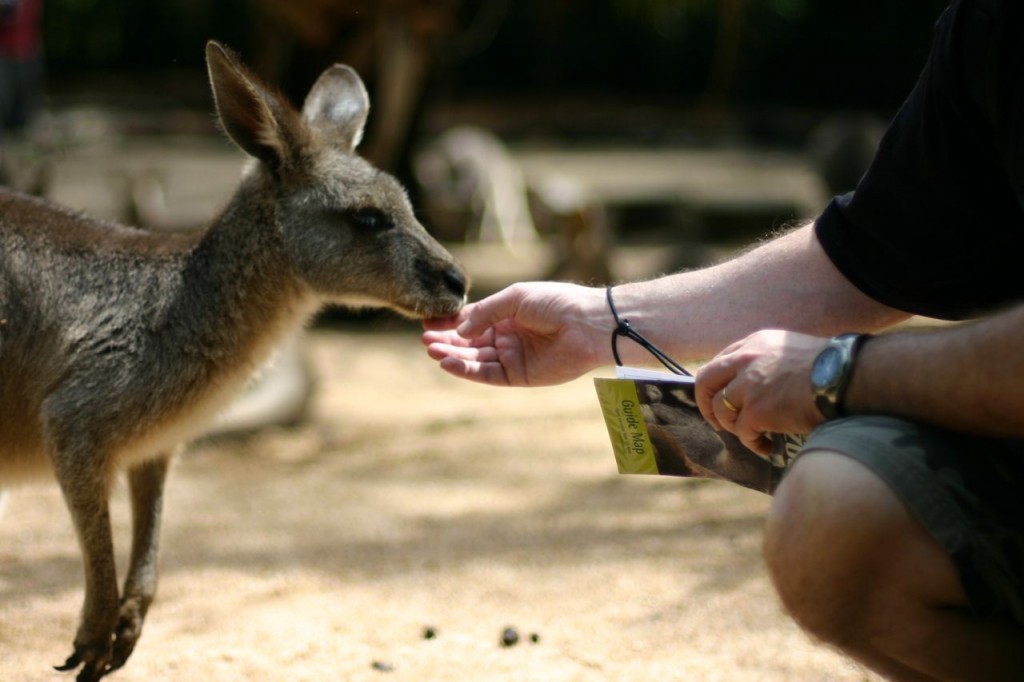
Sometimes they find someone tasty.
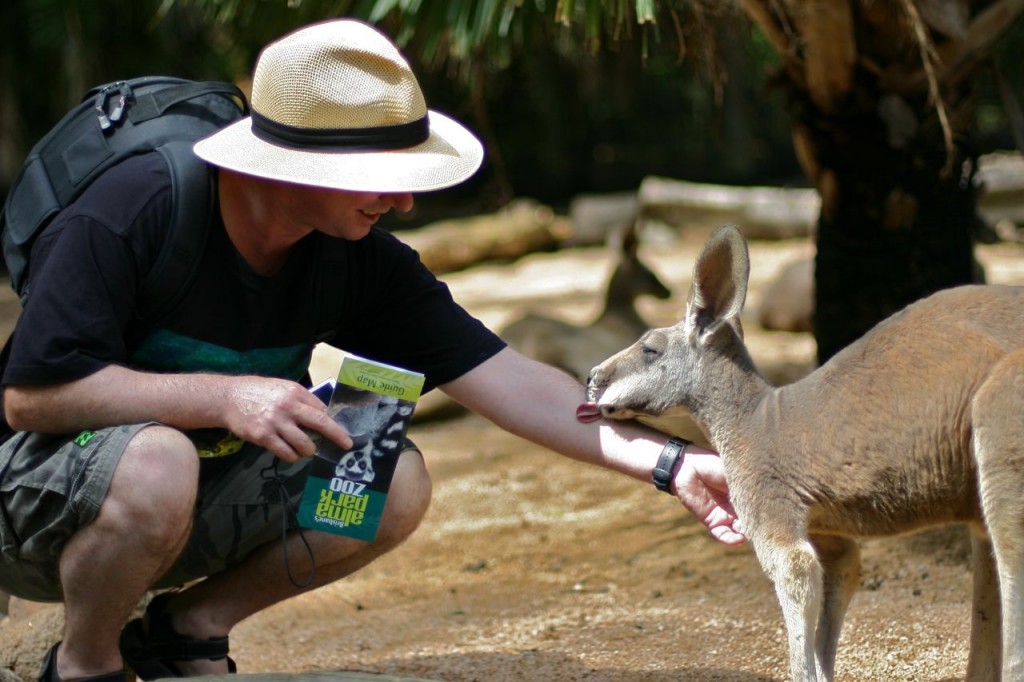
There were all sorts of varieties of kangaroos, all in walk-in enclosures. Here’s an albino, which I’d never seen before:
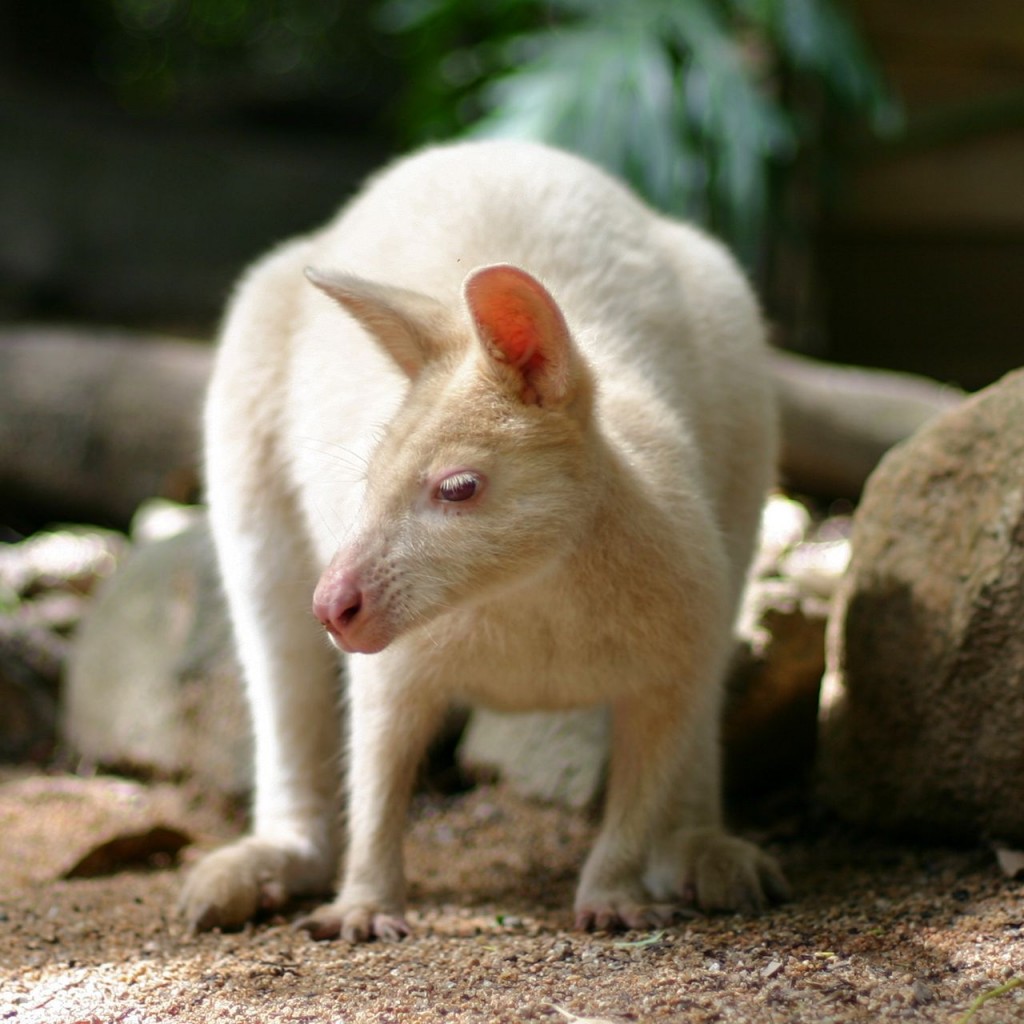
A lizard is quite a “long” animal so focussing on it’s head will blur the body (and, luckily, the surrounding foliage).
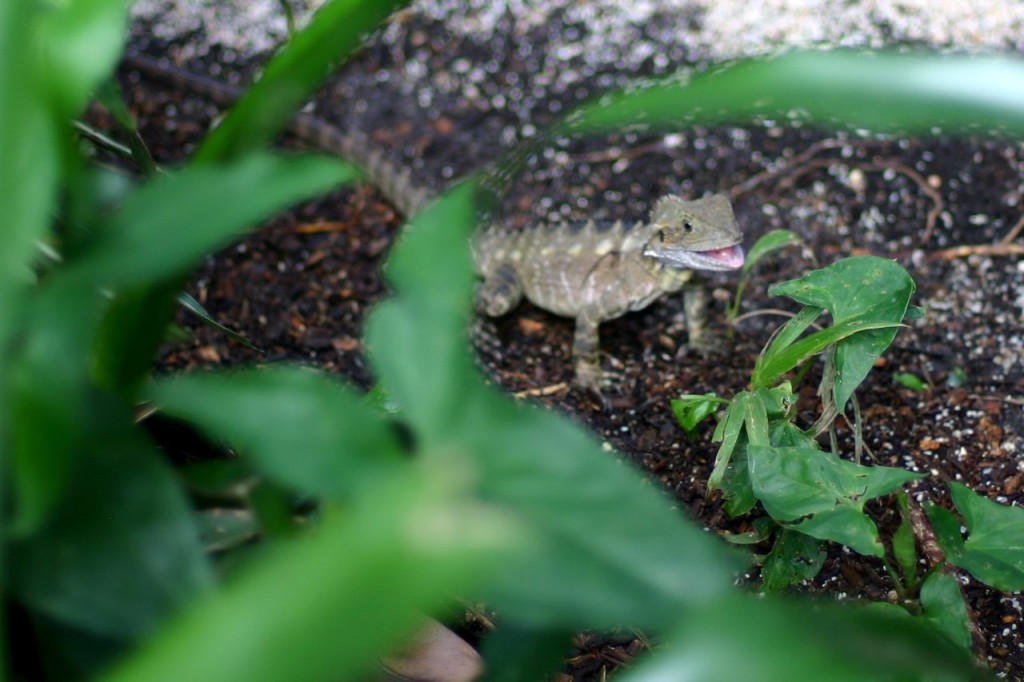
This young buck was very interested in us.
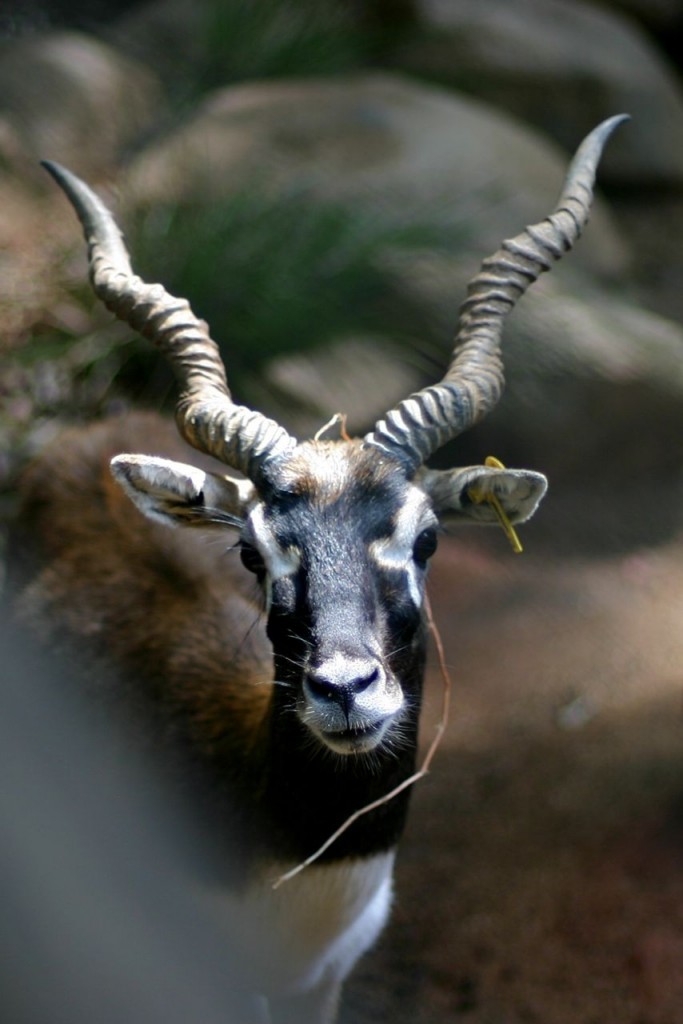
Tasmanian Devils are supposed to be nocturnal. These sure weren’t. They were the most active Tasmanian Devils I’ve seen, spending a lot of their time playing.
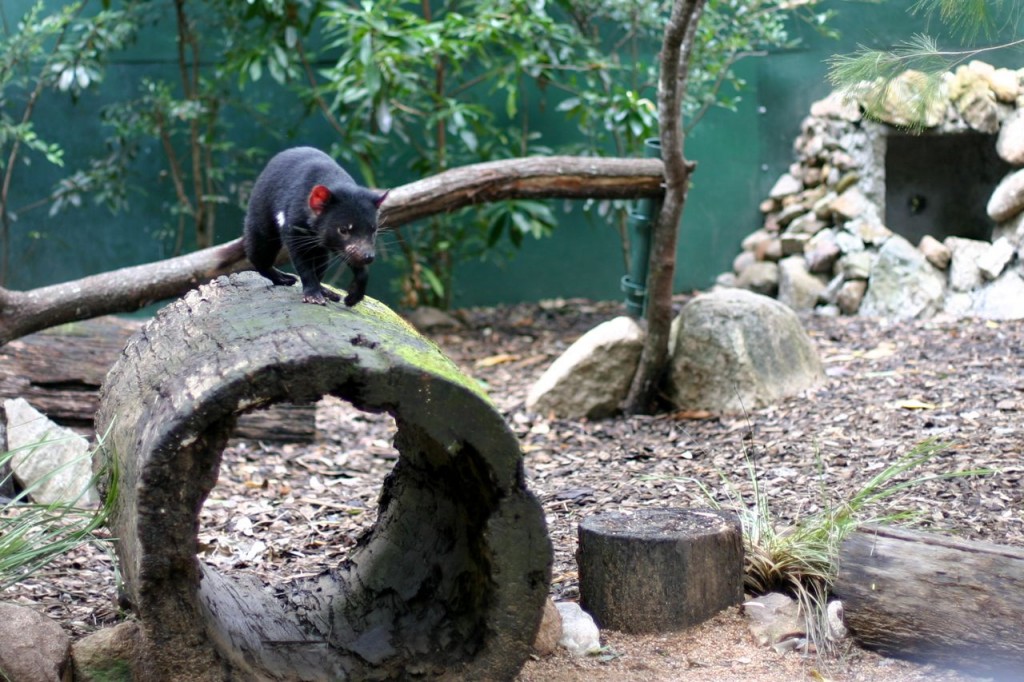
Here’s elegance personified:
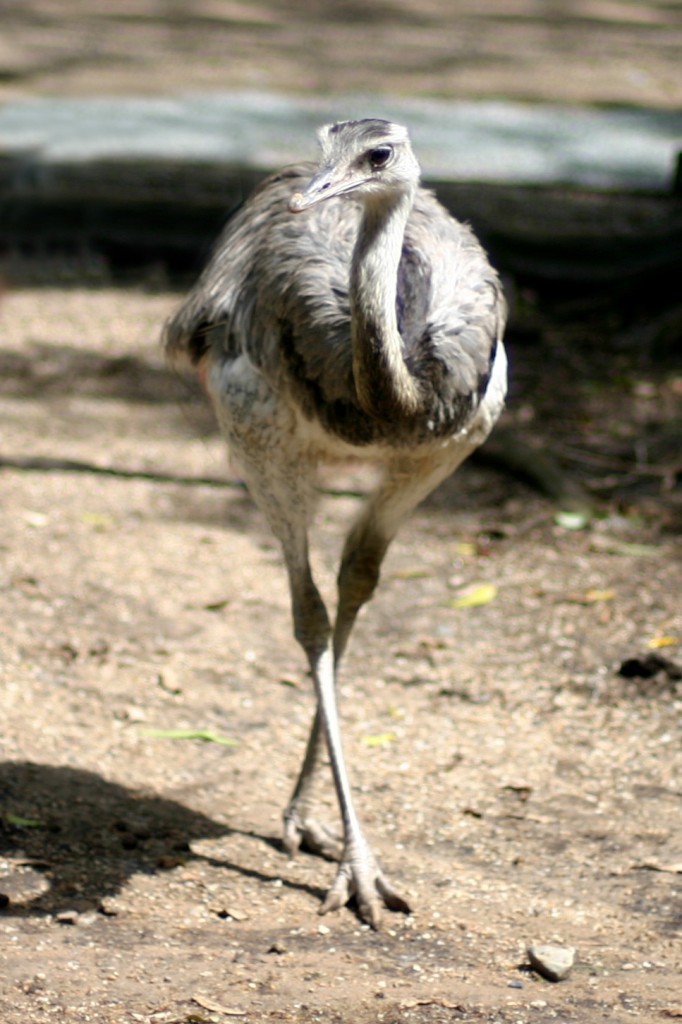
Shooting through a cage is rarely successful but this little chap had to be photographed. He was born on 18 March and represented one of the highlights of my day.

I shot most of the day at f1.4 (because I could) but I am told it is not absolutely necessary to shoot at f1.4 all the time. So here are some landscape shots with the aperture stopped down to something a bit more reasonable (like, f8).
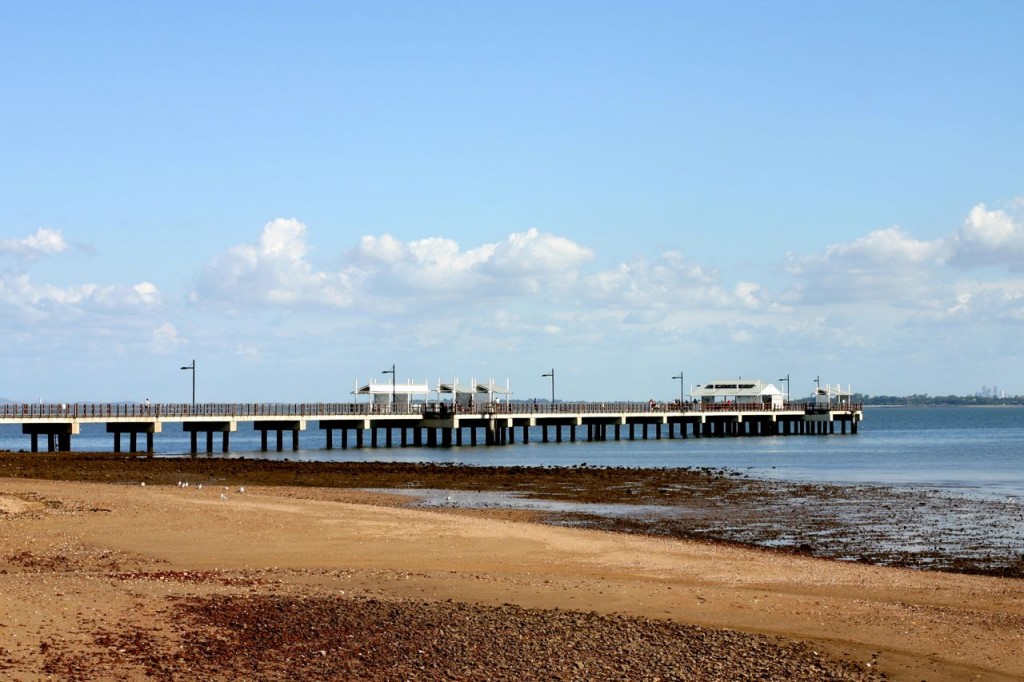
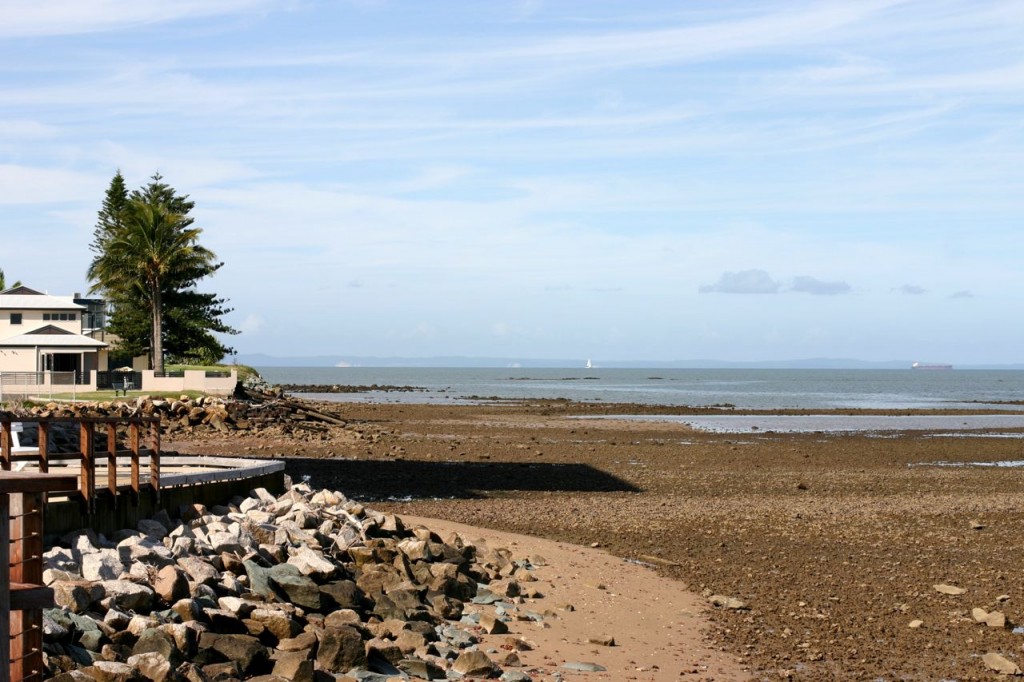
And I caught a tern in flight:
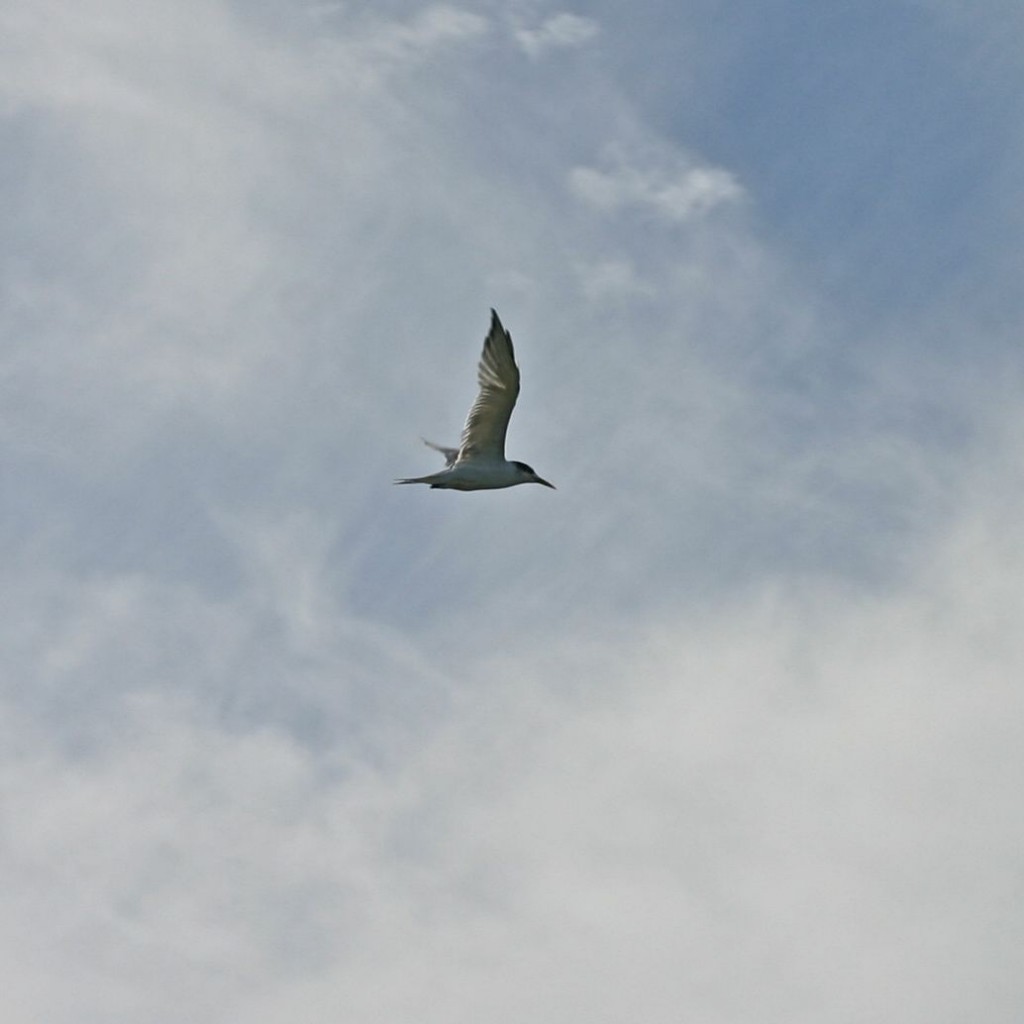
A lovely day was had by all!